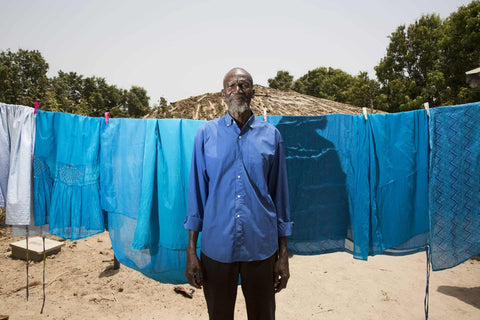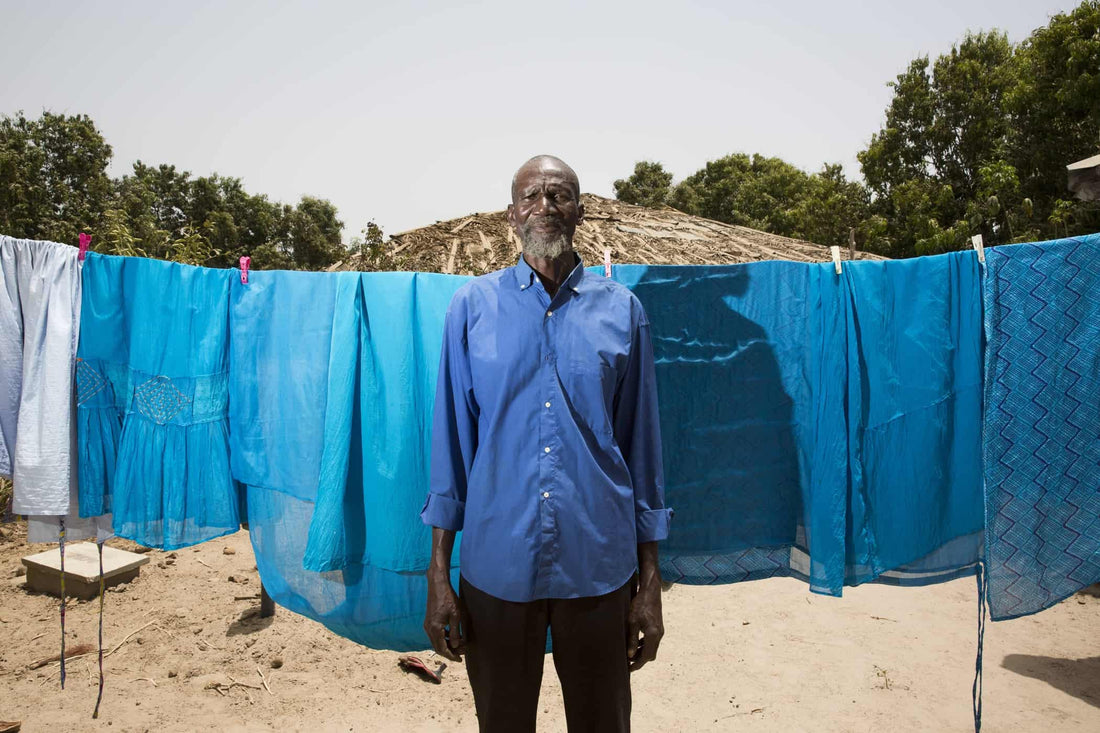
To date i projects completed by WAMI are more than 30, and thanks to these 10,000 people have received direct access to drinking water, forever. But how is the work to build an aqueduct structured more precisely, and how are the supply and maintenance of the plants managed?
First, research is carried out to understand in which area it is more appropriate to dig to find an underground water table. Once identified, a deep excavation is made and pipes connected to a pumping system are inserted. These pipes are put into action twice a day: they pump the water into a cistern located at a height of 10 meters which mainly performs two functions: the first is to purify the water taken from the groundwater. In theory there would be no need as that type of water should have remained pure over the centuries in which it was formed, but better be scrupulous. The water is purified by dissolving a precise percentage of chlorine. The other function is to pump water to the surrounding villages through a system of pipes that starts from the cistern itself and reaches not only the individual homes of the surrounding villages, but also public buildings, for a total radius of about 10 square kilometers. . This piping system is built ad hoc by experienced personnel, helped by the villagers who will benefit from it.

MANAGEMENT AND MAINTENANCE
The water supply is managed by charging a small monthly sum of money. This is done primarily to empower the villagers, making them thrifty in using such a precious resource. Secondly, this almost symbolic figure is used to finance the maintenance of the system, if necessary, while preserving its functionality to the maximum.
With regard to public buildings such as schools or health and first aid centers, these do not have to pay in order to have access to drinking water, as they are considered essential structures for the correct and functional development of social life in the villages.


